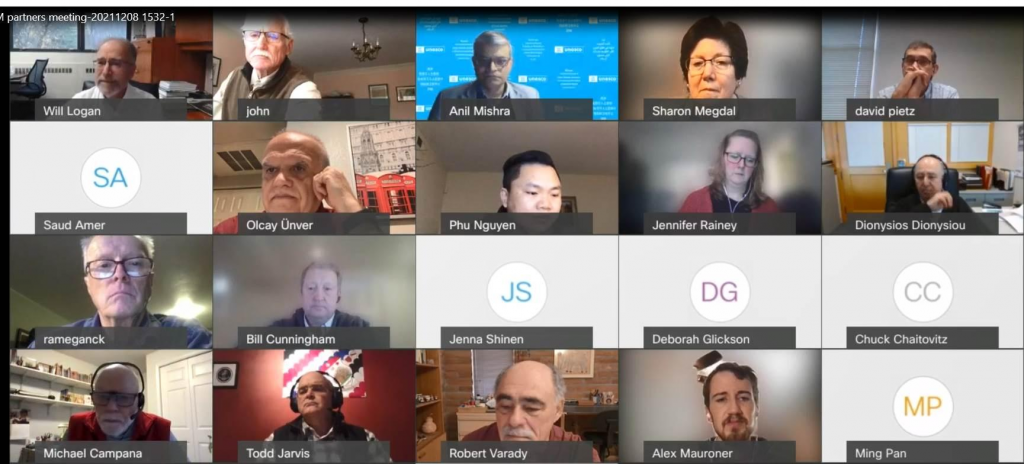ICIWaRM Holds Annual Meeting of Partner Institutions
A Meeting of ICIWaRM Partners was held virtually on 8 Dec 2021. The 31 participants came from the U.S. Geological Survey, NOAA National Weather Service, the U.S. Department of State, and the U.S. Army Corps of Engineers; The National Academies of Sciences, Engineering, and Medicine, American Water Resources Association, the U.S. Chamber of Commerce, and the Alliance for Global Water Adaptation; UNESCO Chairs at Florida International University, the University of Cincinnati and the University of Arizona; Oregon State University, the University of Arizona, the University of California, Irvine, the University of California, San Diego, Colorado State University, Penn State University, the University of Southampton (UK), and Arizona State University; and UNESCO’s Intergovernmental Hydrological Programme.

Independently of ICIWaRM, many of those on the call engage with UNESCO through their institutions and via networks such as the Universities Partnership for Water Cooperation and Development. Various partners are engaged in tribal and other indigenous communities, women and water. Others are involved in MAR and transboundary groundwater science, policy and diplomacy. A third common theme is IWRM, stakeholder engagement and water governance, including groundwater governance.
US scientists also played a major role in the drafting of IHP-IX, IHP’s next eight-year phase. IHP is moving beyond natural science and engineering toward integrated planning and management approaches, including the human dimension, to water as a connector in global climate change adaptation.
ICIWaRM’s category 2 agreement with UNESCO expires in February 2022, but there are efforts to create draw up a new agreement that will support continued engagement. IHP staff emphasized that all those present should consider themselves part of the UNESCO water family.
ICIWaRM partners and IHP are making sustained progress on the use of satellite-based models, and improved forecasting, for rainfall estimation and flood and drought monitoring and forecasting. Likewise, adoption of our products related to climate change adaptation and integrating climate information into water planning and management is expanding rapidly.
